

Matt Campbell
2026 KGM Torres Hybrid review
2 Hours Ago

Contributor
Most new cars are made within tight constraints. In addition to safety and emissions regulations, engineers and designers are forced to work with existing platforms and technologies, and share parts with other models for economies of scale.
These cars are also intended for a wide demographic, which means they must pair a satisfactory design with ‘right-sized’ practicality.
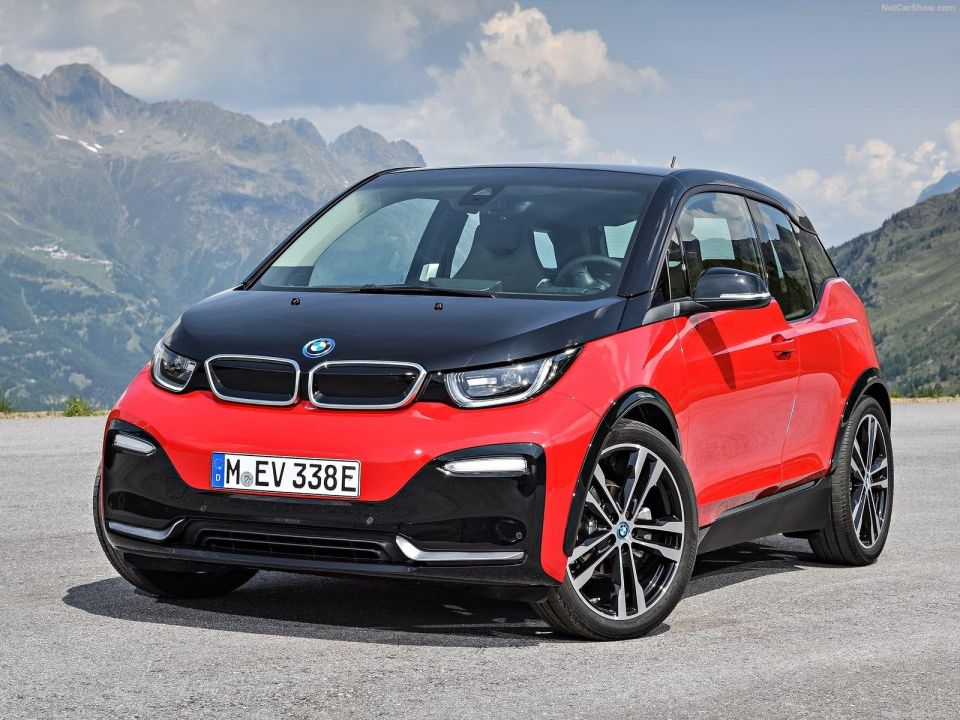
BMW threw much of this out the window with the i3, and instead focused on a more simple brief: to make the ultimate city car.
The i3 is one of very few cars in recent memory developed from the ground up not only in an engineering or design sense, but conceptually. It’s a testament to what can be achieved with a clarity of focus and a simplicity of mission unconstrained by cost or parts sharing.

To really understand the innovation behind the i3, two principles must be front of mind.
From a technical perspective, the first is the modular ‘LifeDrive’ architecture which describes how the car is built. Analogous to a pearl within a shell, the ‘Drive’ module comprising the powertrain is encapsulated by the ‘Life’ module making up the body of the car.
The second is a ‘whole of life’ approach to sustainability. True sustainability isn’t achieved by making a vehicle with zero tailpipe emissions and calling it a day, but by giving serious thought to the entire lifecycle of a car.
Sustainability must be achieved with regard to how a car is made, how it will be driven and also how it will be disposed of.
In a vehicle designed primarily for urban use, the people buying electric vehicles are not expected to travel hundreds of kilometres daily and are instead expected to have access to electric vehicle (EV) charging infrastructure of some kind.
In urban situations, EVs offer numerous benefits such as low ongoing maintenance costs, zero local emissions., and a smoother driving experience, with regenerative braking offering efficient, single pedal driving ideal for stop-start traffic.
Electric motors also generate maximum torque at standstill, enabling zippy low-speed acceleration perfect for traffic light grand prix.
As a brand, BMW was for a long time known for making rear-wheel drive vehicles. Thus, the key challenge was to reconcile the brand’s heritage with all the potential benefits that an EV driving experience could offer.
This was undertaken by placing the electric motor at the back of the car to drive the rear wheels, and using a ‘skateboard’ chassis where the batteries are sandwiched low across the floor of the car, between the front and rear wheels.
The benefits of this layout are numerous. Having the motor and the majority of the complex electronics and other components to transfer power to the wheels at the back reduced weight over the nose of the car and increased the articulation of the front wheels.
This sharpened agility, improving front-end turn in and reducing the turning circle of the i3 to a mere 9.86m, ideal for narrow city streets. The battery placement within the chassis also meant despite its height, the i3 retained a low centre of gravity for greater stability at higher speeds.
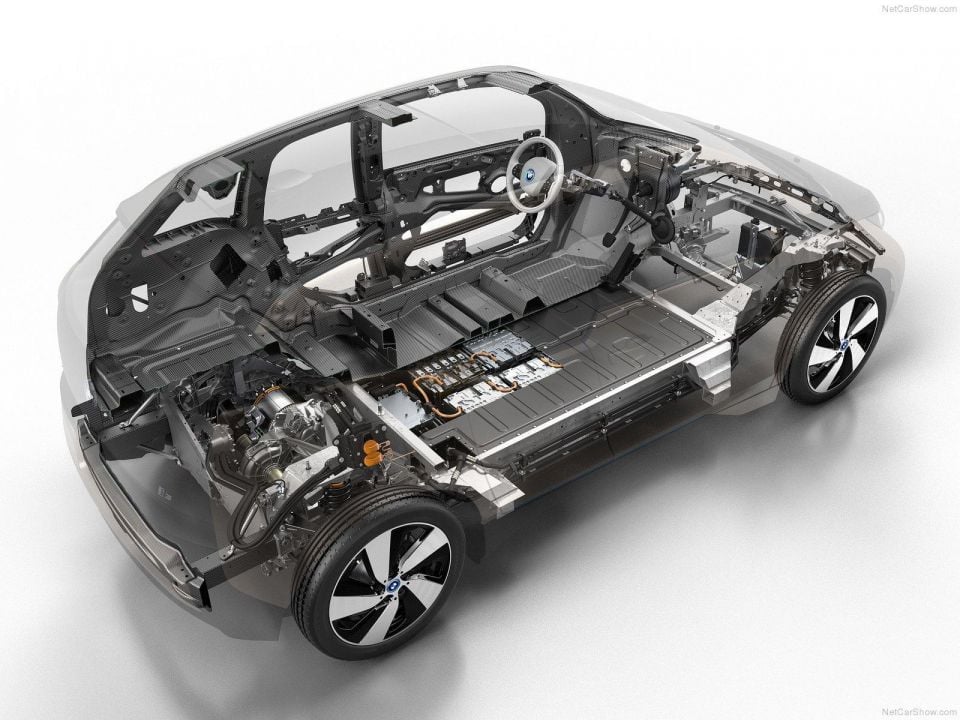
While similar drivetrain layouts were available on other EVs when the i3 launched in 2014 (such as the Tesla Model S), the i3 was well ahead of the pack. Alternatives such as the Nissan Leaf and Renault Zoe were front-wheel drive adapted from a combustion engine layout, with the motor being swapped in for the engine.
To cater for those emergency situations where there was no option to charge the vehicle, BMW also offered the i3 in an ‘REx’ (range extender) variant.
The obvious route would have been to make the i3 a standard or plug-in hybrid, whereby the engine at some point would directly drive the wheels if the battery was depleted. The i3’s solution was a smarter alternative.
A lightweight 650cc motorcycle engine slotted in adjacent to the electric motor and acted as a generator. This is fundamentally similar to how a petrol generator might be used to power the lights at a campsite.
Importantly, the engine never drove the wheels directly, but instead only charged the batteries.
This negated all of the weight and complexity that would have arisen out of building a hybrid i3, and ensured even the REx retained the driving characteristics of an electric vehicle at all times, whilst providing the flexibility to use petrol power occasionally.
Batteries are the heaviest and most expensive component of an EV, which poses two major challenges. The first is to effectively manage it to minimise the impact on vehicle handling and dynamic performance, and the second is to prevent the weight from compromising the overall efficiency of the vehicle itself.
BMW was able to resolve the first problem through the skateboard style Drive module described above, ensuring a low centre of gravity.
Today’s solution to the second problem is to simply increase battery capacity until range targets are met, which is increasingly viable as the battery cost per kWh reduces substantially as time advances. Back in 2014, however, adding a denser battery would have dramatically increased the price, so BMW decided to improve efficiency by making the rest of the car lighter instead.
Weight reduction was the focus for the body of the car, termed the ‘Life’ module. This consisted of a capsule made entirely from carbon-fibre reinforced plastic (CFRP), substantially lighter in weight yet stiffer than any steel or aluminium equivalent.
A specialised adhesive and Resin Transfer Moulding (RTM) process was developed to stamp and join the various CFRP parts without the need for welds, screws, or rivets.
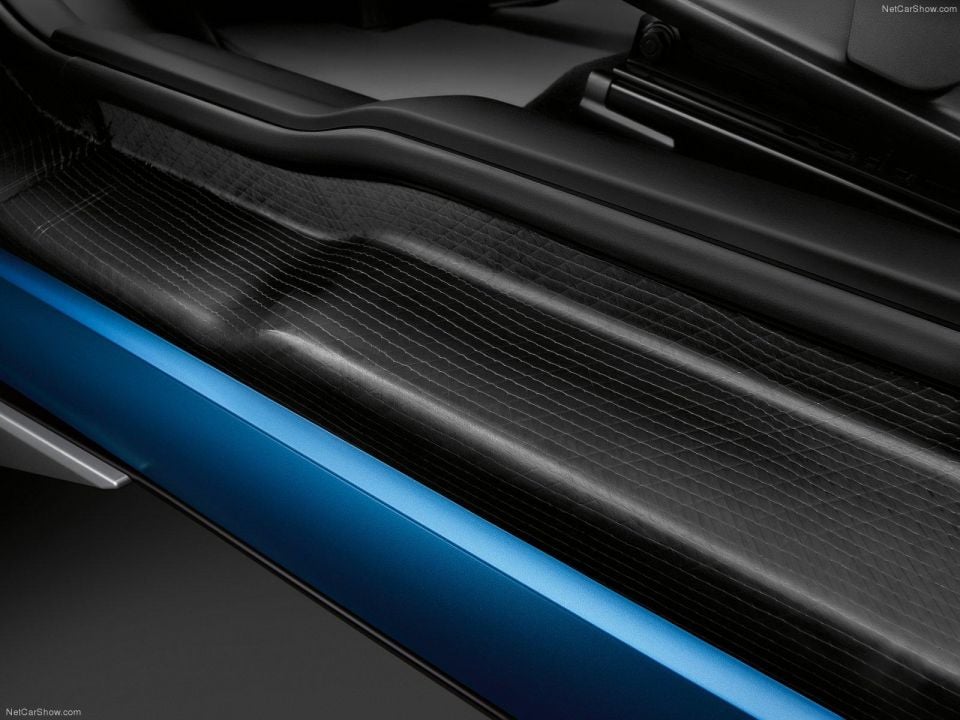
This CFRP capsule was then clad with plastic panels to create the i3’s exterior. Much lighter than steel, these also offered practical benefits in an urban environment by being naturally more dent and scratch resistant than a conventional body panel.
If a panel was damaged in a parking accident, for example, it could simply be swapped out for a replacement without having to go to a panel beater.
Sustainability is a core tenet of any EV, and the i3 continued this on the inside with a focus on natural materials.
The dashboard and door panels were made from Kenaf, a combination of thermoplastics and natural fibres from plants such as hemp.
Meanwhile, the seats could also be upholstered in a ‘climate active’ wool based textile fabric that not only stayed warm in winter and cool in summer, but was made from 34 per cent recycled plastic bottles.
Partial and full leather seats were optionally available, however even these were tanned using olive leaf extract.

The unique combination of these materials contributed to the i3 being 95 per cent recyclable, far ahead of most other cars when it came on sale in 2014.
Small doesn’t necessarily equate to claustrophobic, and the i3 made use of a range of techniques to bring an airy, open feeling from the outside to inside the cabin.
Fundamental to this was the high seating position coupled with the ‘Streamflow’ design language. This disposed of the traditional BMW Hoffmeister kink to create a wraparound glasshouse with a panoramic windscreen, enabling a command style view for the driver with excellent front and over the shoulder visibility, that also let light flood into the cabin.
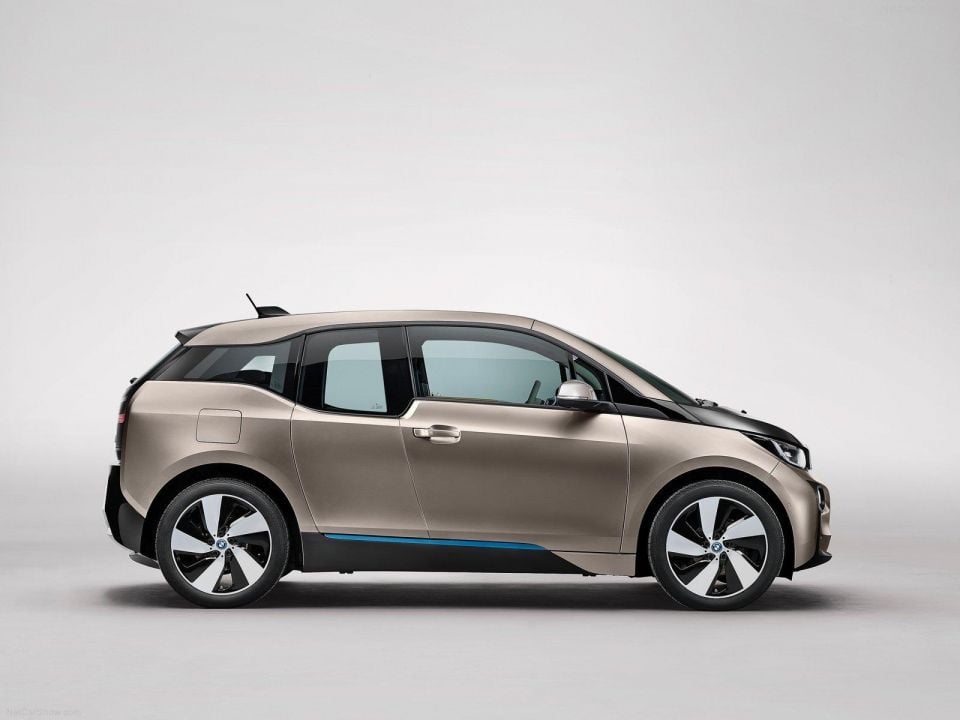

The inherent stiffness of the CFRP Life module removed the need for a conventional B pillar to strengthen the car, enabling the use of coach doors that made it easy for passengers to move into the back seat.
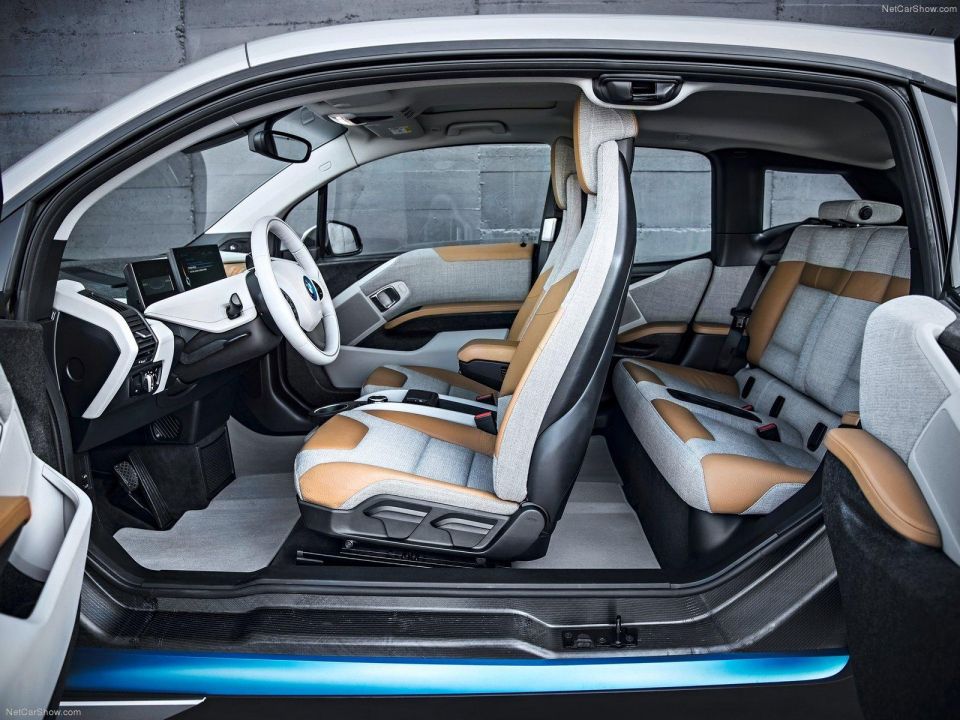
Taking full advantage of the skateboard battery layout and rear motor there was no need for a transmission tunnel, facilitating a flat floor.
Coupled with other design touches such as freestanding instrument displays without any cowl, the overall effect was to create an interior with an airy and open atmosphere that contrasted with the i3’s otherwise compact dimensions.
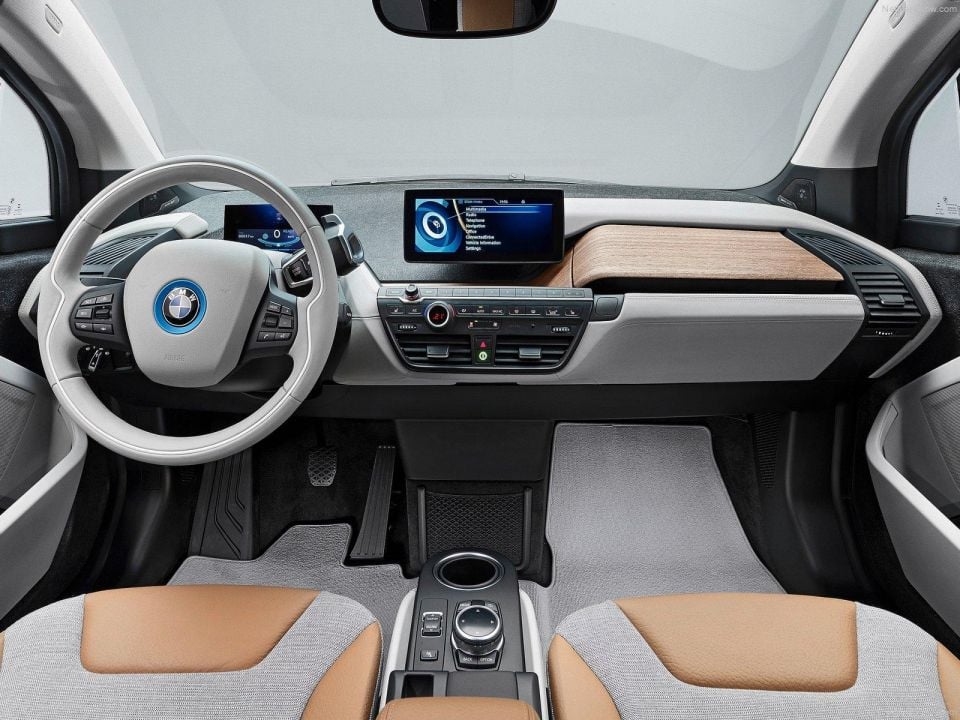
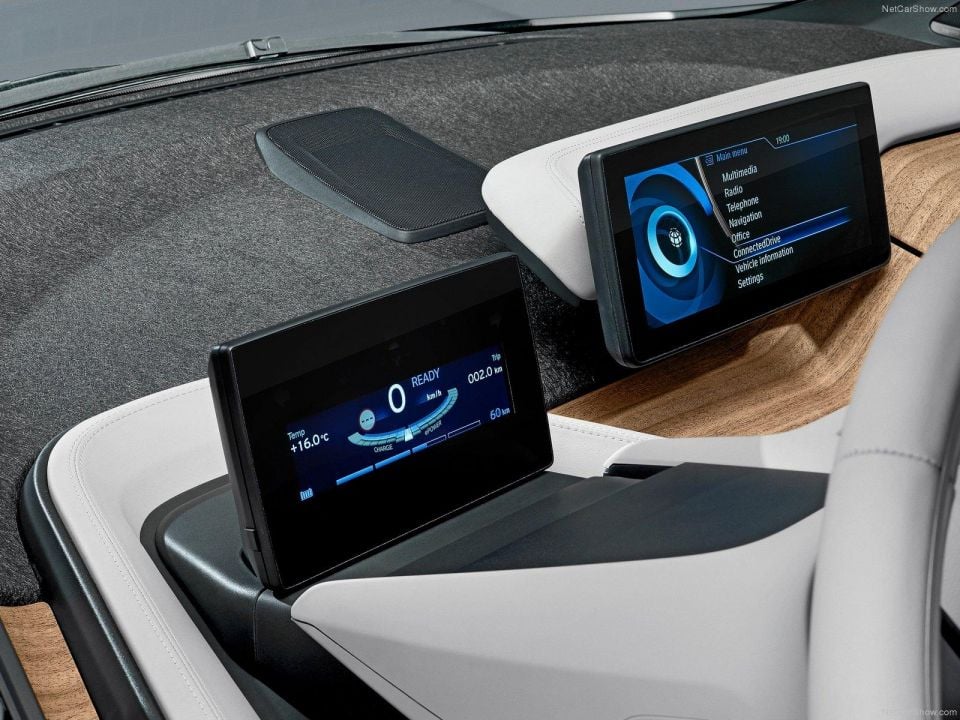
Vehicle production is resource intensive, and forms a significant part of the lifetime emissions of any car. Thus, genuine sustainability must give thought to how a car will be produced.
Making carbon fibre requires high amounts of energy, however BMW was able to work with an American supplier to exclusively source the material from a factory powered by hydroelectricity from the Grand Coulee Dam in Washington state.
Additionally, final assembly of the i3 is undertaken in Leipzig, Germany, at a site 100 per cent powered by renewable energy sources.
Where expert car reviews meet expert car buying – CarExpert gives you trusted advice, personalised service and real savings on your next new car.


Matt Campbell
2 Hours Ago


Ben Zachariah
18 Hours Ago


Damion Smy
19 Hours Ago


Derek Fung
20 Hours Ago
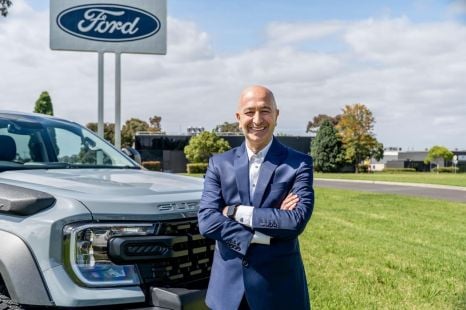

Ben Zachariah
20 Hours Ago
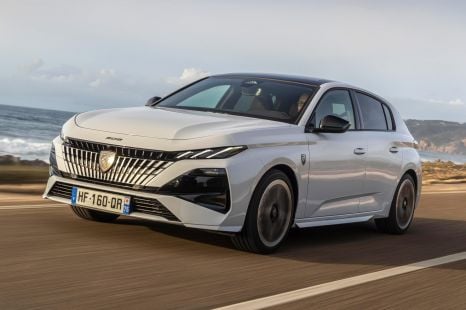

Matt Robinson
1 Day Ago